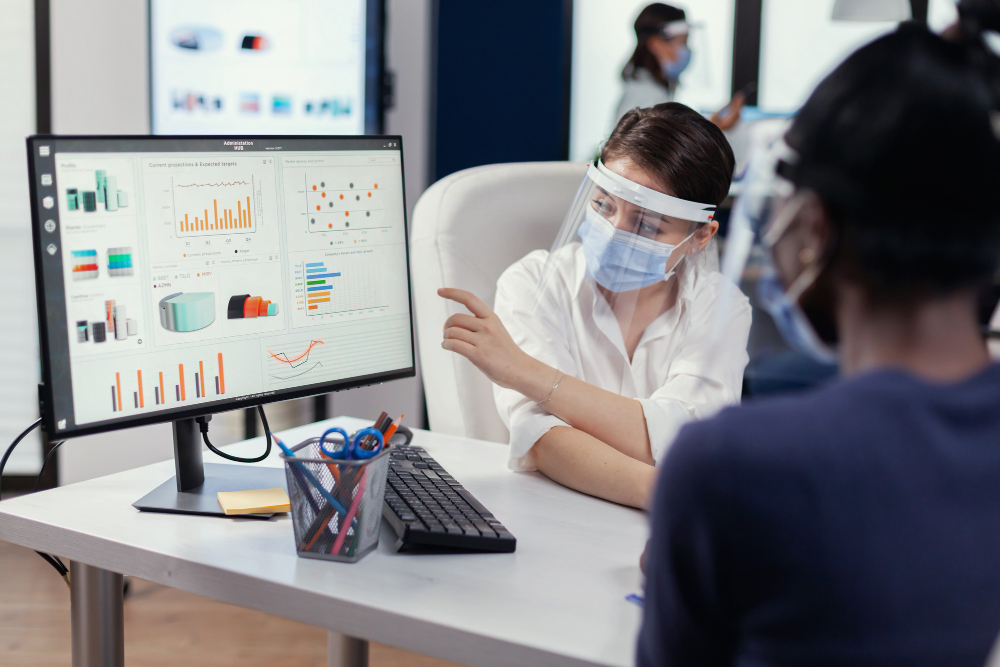Hays County just announced its first human case of West Nile Virus for the 2024 season. As this county health department engages in measures to deal with this public health problem, technology is fast becoming imperative for prevention and control.
How Technology Can Help

Collecting and analyzing data
- GIS Mapping: Geographic Information Systems (GIS) help in mapping mosquito breeding sites with the tracking of WNV cases. Making use of this kind of advanced technology will identify areas that are more likely to have a high risk; thus, health officials can prioritize interventions.
- Big Data Analytics: The provided data is integrated and analyzed from the different sources, which will help health departments predict the potential outbreaks and allocate resources efficiently to improve the response strategies.
Public Awareness and Communication
- Mobile Applications: Applications provide real-time updates regarding cases of WNV and prevention tips by alerting users of areas of high risk to the concerned public and keeping them updated.
- Social Media and Websites: Both of these modalities offer health departments rapid ways of passing on information to the public for educating them on the symptoms, prevention, and treatment options against the infection.
Disease Surveillance and Monitoring

- Smart Mosquito Traps: These devices auto-detect and enumerate mosquitoes to monitor populations of the vector and measure the effectiveness of control measures.
- Drones: They perform surveys in inaccessible areas to detect the presence of mosquito breeding sites, thus helping efforts be much more localized and effective in control.
Telemedicine and Remote Monitoring

- Virtual Consultations: Since telemedicine enables people who have symptoms to remotely consult with health experts, it helps reduce the burden on local health facilities and reduces the risk of virus transmission.
- Wearable Devices: Wearables monitor symptoms and alert the patients when medical attention may be necessary, therefore facilitating early detection and intervention.
Conclusion
The need for Hays Country to confront some of the obstacles that West Nile Virus poses, it is essential to embrace these technological innovations in their journey towards the protection of public health. By incorporating data-driven insights, enhancing communication, improving surveillance, and harnessing digital health tools, we can better manage and minimize the impact of the virus on our community.












